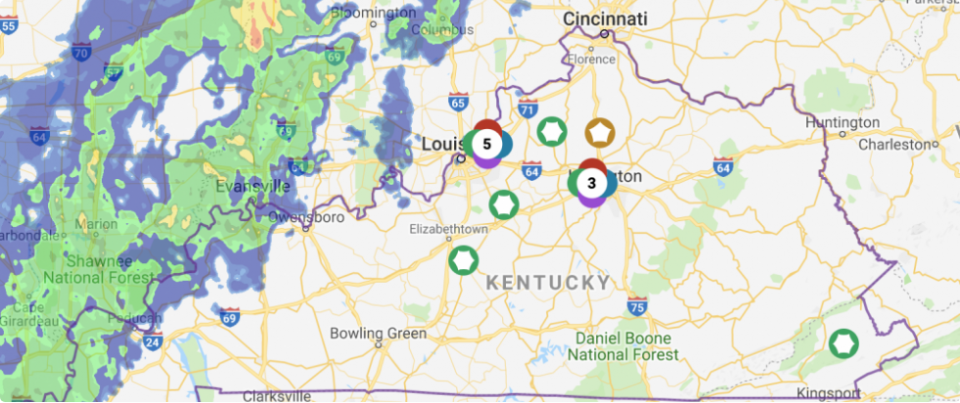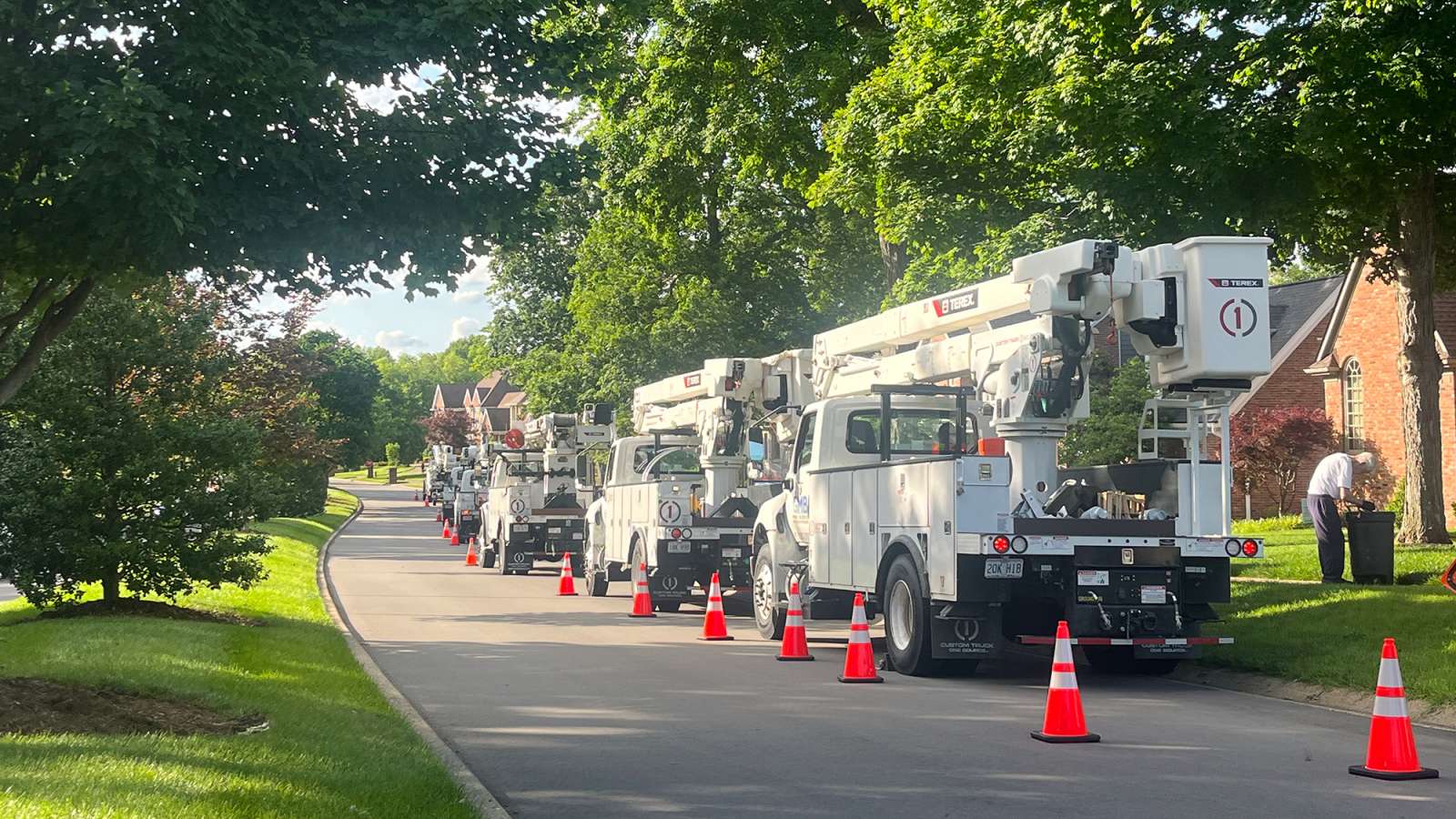Our hearts remain heavy and with our communities across Kentucky as we work together to recover from Friday’s severe storms and tornadoes.
The tragic loss of 19 lives in our beloved state weighs deeply on us all, and our thoughts are with every family grieving and every individual impacted by this devastating event. While our restoration effort is essentially complete, we realize the recovery is not, and we’re here for the communities we’re proud to serve, offering our unwavering support as Kentuckians begin the difficult process of rebuilding their lives and homes.
Winds in excess of 80 miles per hour and at least three confirmed tornadoes across Kentucky resulted in nearly 1,000 reports of wires down and more than 255 broken poles. More than 114,000 customers were affected by this storm. At the peak of the storm, more than 62,000 customers were without power across our service area.
After the storms passed, we quickly supplemented our Kentucky-based crews with resources from other states, including dedicated personnel from PPL, our parent company.
In total, more than 1,100 restoration personnel worked safely and swiftly to protect the public, assess the significant damage across our system, and complete repairs, which in some cases required rebuilding entire parts of our system that were ravaged by the storm. By late Tuesday, all customers impacted by Friday’s severe storms who could safely receive power had been restored.
While crews were in the midst of the final stages of restoration from Friday’s severe storms, another round of wicked weather struck parts of our service area late Tuesday, including areas ravaged by Friday’s tornadoes. Our crews once again rallied to restore power safely and as quickly as possible for all impacted customers.
We recognize the strain and inconvenience being without power has on families and businesses, and that is why we prepare year-round for severe weather events. Ahead of major weather events like last Friday’s and the follow up storms late Tuesday, we closely monitor the forecast, and our employees and business partners implement emergency preparedness procedures.
As severe weather tore through Kentucky, we mobilized resources from our 40 crew centers across the state, including more than 1,100 restoration personnel, to the communities where they were needed most. In less than 24 hours after the severe weather hit Kentucky, we had restored nearly 71 percent of the customers who were without power at the peak of the storm.
We want to assure our communities that even as we respond to these immediate challenges, we continue to make significant investments in our infrastructure to better defend against Mother Nature's increasing intensity. These ongoing enhancements are crucial to further ensuring safe, reliable, and affordable service for our customers, now and in the future.
Thank you for your patience as we worked to safely get the lights back on following the destructive storms that affected so many of the communities we are proud to serve.


